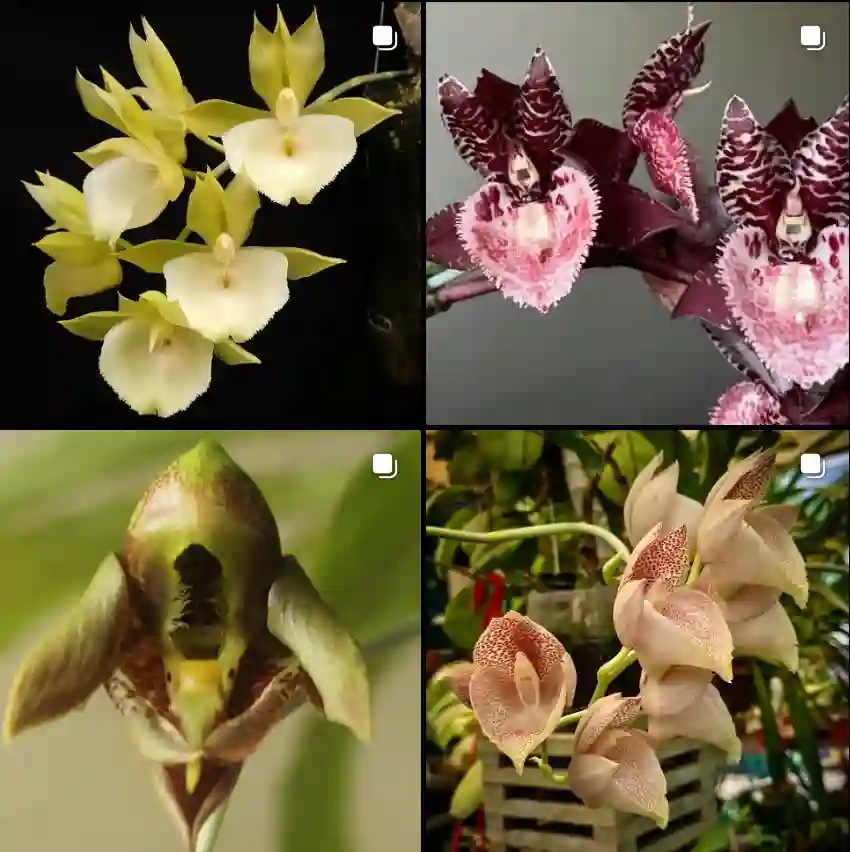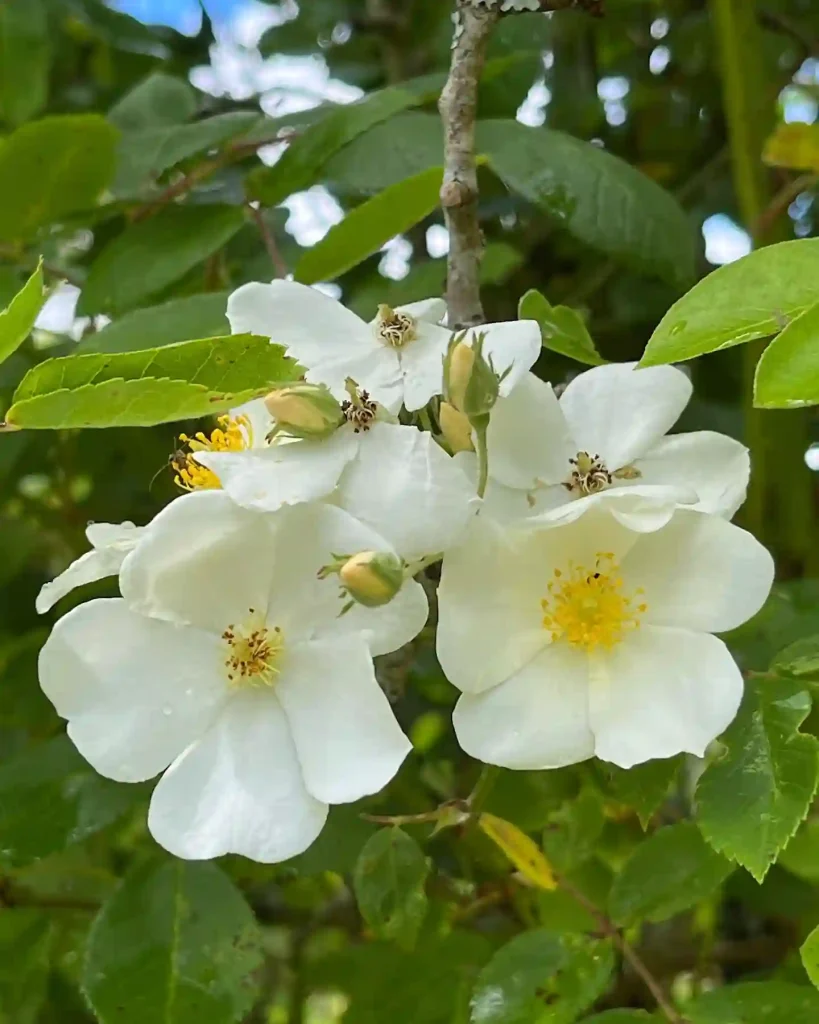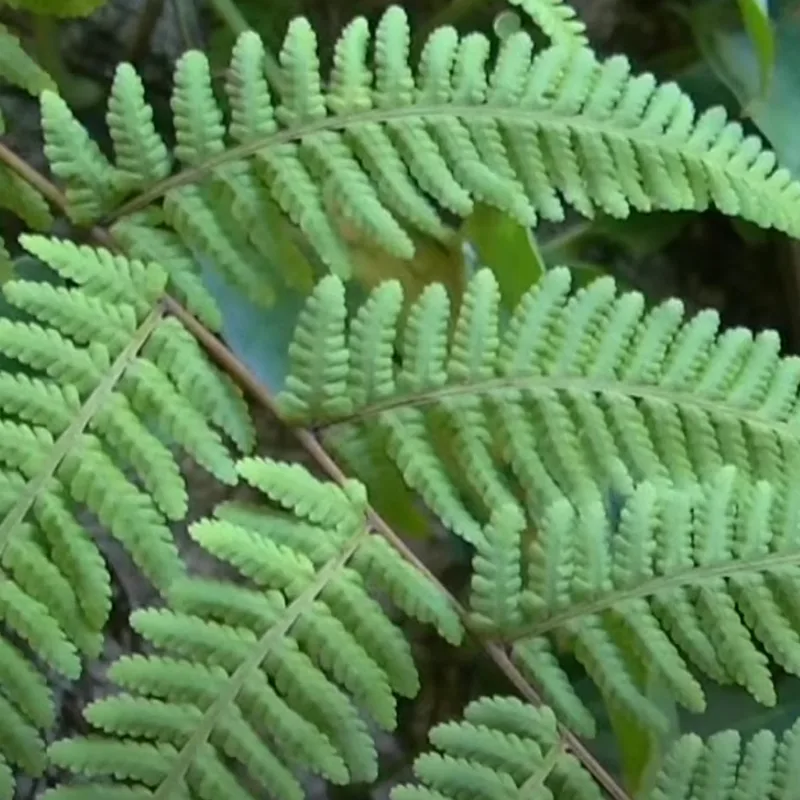FAQs About Cleome Clio Magenta
When it comes to vibrant, easy-to-grow flowers, Cleome Clio Magenta is a standout choice. Having grown Cleome Clio Magenta in my garden, I’ve come across numerous questions about this beautiful plant. Here’s a detailed look at some of the most frequently asked questions about Cleome Clio Magenta, based on my experiences and research.
200 Species in Genus Cleome – Spider Flower
What Is Cleome Clio Magenta?
Cleome Clio Magenta is a variety of Cleome, also known as spider flower. This particular cultivar is known for its striking magenta-colored blooms. The plant features a bushy habit with long, spidery flower clusters that create a dramatic visual effect. Cleome Clio Magenta is favored for its vibrant color and ability to attract pollinators, making it a popular choice for garden enthusiasts.
How to Care for Cleome Clio Magenta?
Caring for Cleome Clio Magenta is relatively straightforward. Here are some tips based on my experience:
- Sunlight: Cleome Clio Magenta thrives in full sun. Aim for at least 6 to 8 hours of direct sunlight each day to encourage robust growth and vibrant flowering.
- Soil: Well-draining soil is crucial. I’ve found that a mix of garden soil with compost works well. Ensure the soil is not too heavy or waterlogged.
- Watering: While Cleome Clio Magenta is fairly drought-tolerant, regular watering helps maintain its health. Water the plant when the top inch of soil feels dry. Avoid overwatering, as this can lead to root rot.
- Fertilizing: Apply a balanced fertilizer every 6 to 8 weeks during the growing season. This promotes vigorous growth and abundant flowering.
- Pruning: Deadheading spent flowers can encourage more blooms. Occasionally trim the plant to maintain its shape and remove any yellowing or diseased foliage.
How to Propagate Cleome Clio Magenta?
Propagation of Cleome Clio Magenta can be done through seeds. Here’s the process:
- Collect Seeds: After the flowering period, collect seeds from the mature flower heads.
- Sow Seeds: Start seeds indoors 6 to 8 weeks before the last frost or directly sow them outdoors after the danger of frost has passed. Plant seeds about 1/4 inch deep in well-draining soil.
- Germination: Keep the soil moist but not soggy. Seeds typically germinate within 1 to 2 weeks.
- Transplanting: Once seedlings are strong enough and the risk of frost has passed, transplant them into the garden.
What to Plant With Cleome Clio Magenta?
Cleome Clio Magenta pairs beautifully with a variety of other plants. In my garden, I’ve combined it with:
- Salvia: The contrasting colors of Salvia’s blue or purple blooms complement Cleome’s magenta nicely.
- Zinnias: Their bright colors and similar growing conditions make Zinnias a great companion.
- Sunflowers: Tall Sunflowers can provide a striking backdrop to the shorter Cleome plants.
Benefits of Cleome Clio Magenta
Cleome Clio Magenta offers several benefits:
- Attracts Pollinators: Its vibrant flowers draw bees, butterflies, and hummingbirds, contributing to a healthy garden ecosystem.
- Drought-Tolerant: Once established, it requires minimal water, making it suitable for dry climates.
- Low Maintenance: It’s relatively easy to care for and does not require frequent attention.
Toxicity of Cleome Clio Magenta
Cleome Clio Magenta is not known to be toxic to humans or pets. However, it’s always a good practice to prevent pets from nibbling on plants, as ingestion of any plant material can cause digestive upset.
Common Problems and Solutions
Here are a few issues I’ve encountered with Cleome Clio Magenta and how to address them:
- Pest Infestations: Cleome can attract spider mites and aphids. Regularly check the undersides of leaves and treat infestations with insecticidal soap if necessary.
- Disease: Look out for fungal issues, especially in overly wet conditions. Ensure good air circulation and avoid overhead watering to reduce the risk.
- Leggy Growth: If the plant becomes leggy, it may need more sunlight. Ensure it’s getting adequate light and consider pruning to encourage bushier growth.
Compare With Similar Plants
Cleome Clio Magenta can sometimes be confused with other Cleome varieties or similar flowering plants:
- Cleome Spinosa: Unlike Cleome Clio Magenta, Cleome Spinosa typically has more spidery flowers and a wider range of colors. It also tends to be taller.
- Cleome Senorita: This variety is a smaller, more compact version with similar flower shapes but less vibrant colors compared to Cleome Clio Magenta.
In conclusion, Cleome Clio Magenta is a fantastic addition to any garden with its vibrant blooms and ease of care. By understanding its needs and benefits, you can enjoy its striking beauty and attract a host of beneficial pollinators.
If i die, water my plants!



